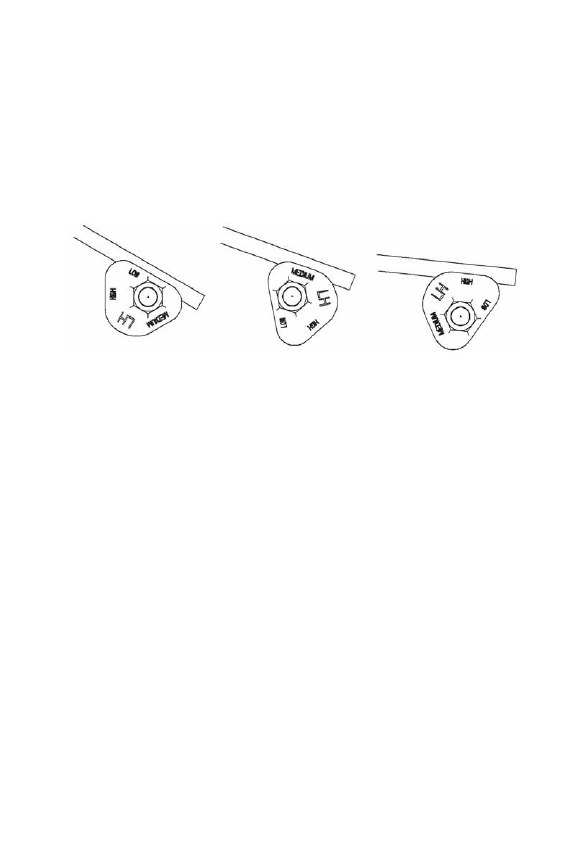Snowmobile Polaris Turbo IQ LXT (2014 year). Manual - part 14

59
THE PERFECT FIT
IQ Rear Suspension Adjustments
Torsion Spring Preload
To adjust rear torsion spring preload, rotate the three-position cam using
the engine spark plug tool. Adjustment is easiest when the cam is
rotated from low to medium, and then to high. Rotating directly from
low to high will require significantly more effort.
Different rate torsion springs are available if a firmer ride is desired. See
your dealer for more information.
Suspension Coupling
On all POLARIS snowmobile rear suspensions, there are two torque
arms that control the movement of the rail beam. Prior to the advent of
suspension coupling, these torque arms could move independently of
each other. Rear suspension coupling links the movement of the front
and rear torque arms to each other. There are two types of rear suspen-
sion coupling.
Soft
Medium
Firm